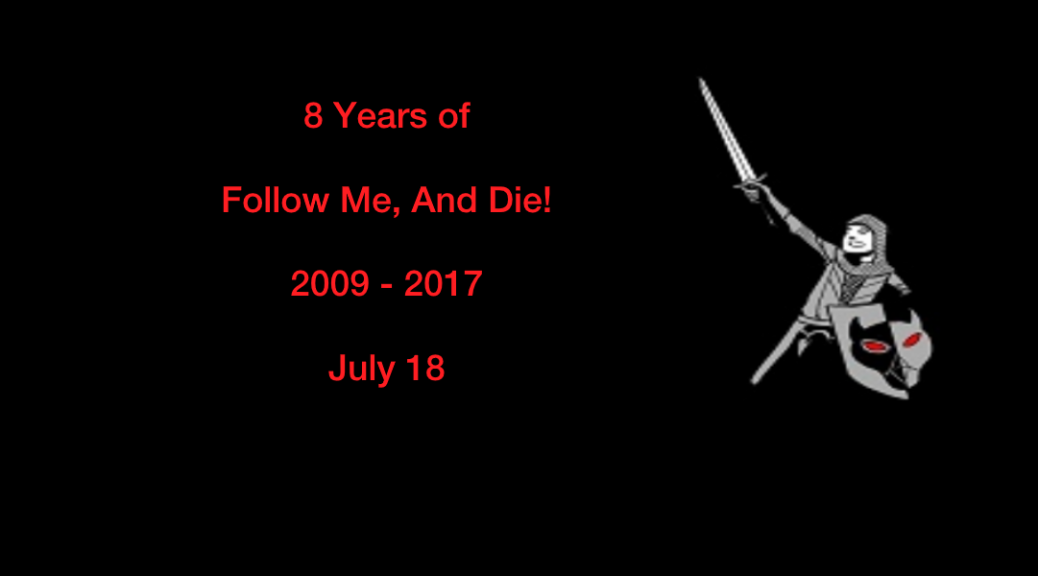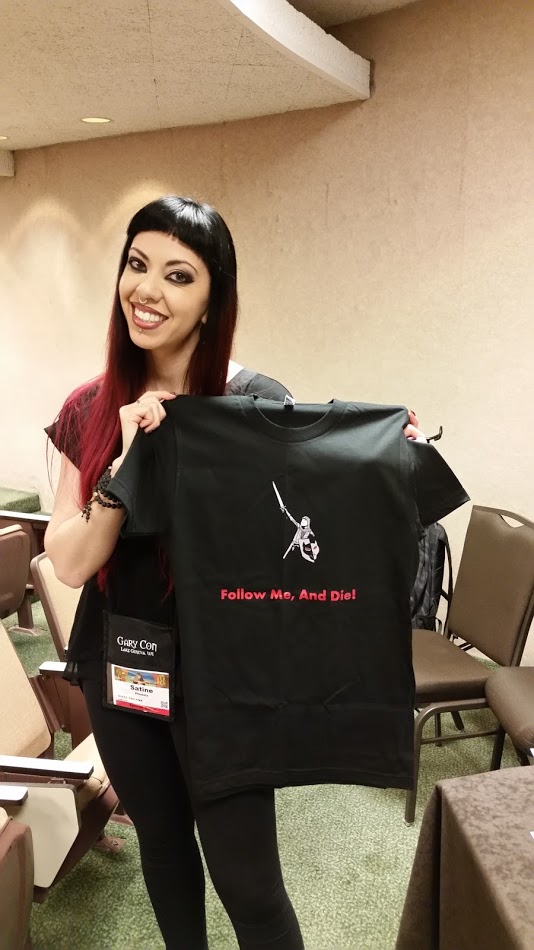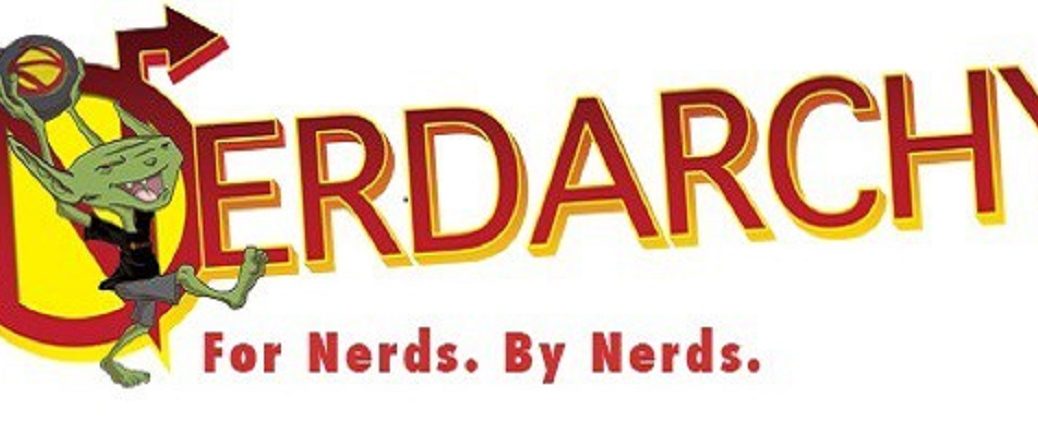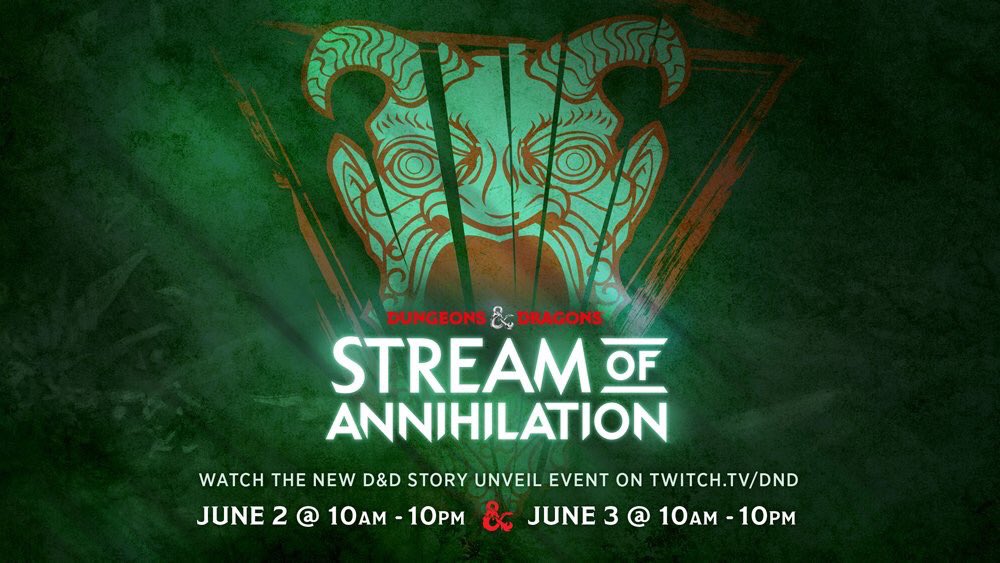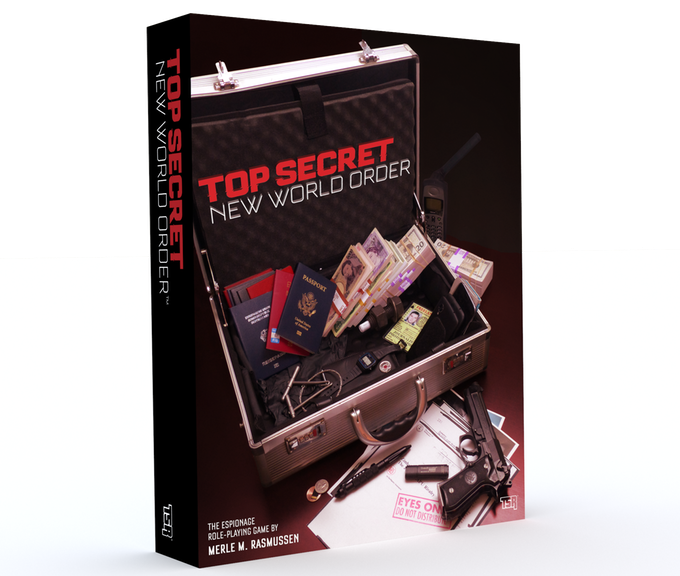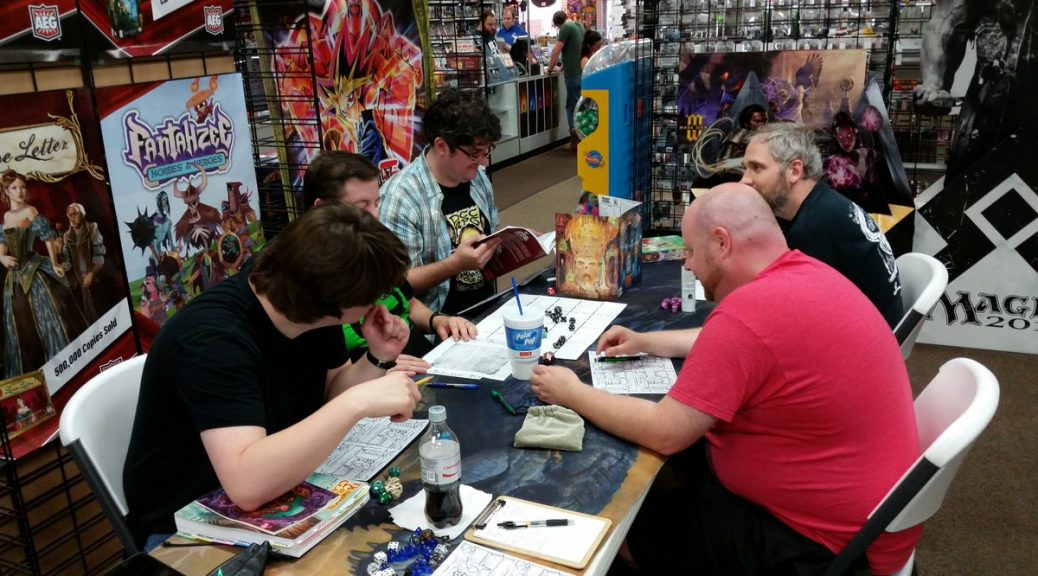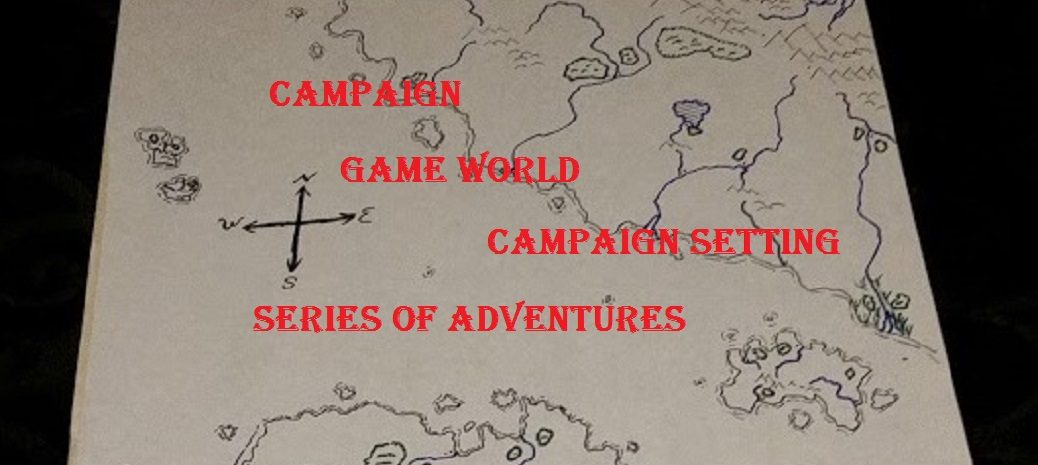I stumbled on a conversation over on Twitter about World Building between @SlyFlourish, @NewbieDM, @Chgowiz, @Bartoneus, @DnDJester, and others. It ranged between no world building/it’s a waste of time all the way to being an integral part of the game.
In the course of writing this article, I reached two conclusions:
- Every GM is a world builder. It is all a matter of degree of prior effort plus what happens during character building and in play.
- Every NPC, town, dungeon, etc. involves some level of world building.
- Even if you use a published setting and published modules, you still weave a story to connect them together.
- If you ever modify what is in the published setting or module, you are world building.
- Every player is a world builder, as they bring their perspective into the mix to help shape the world through their character(s).
- Even if all the player does is roll for abilities, starting gold, and pick a name, race, class, and buy equipment, that is world building. That character did not exist until that point in time. Details of that character help shape the world.
I think in the case of this Twitter conversation, the discussion hinged about the unspoken definition of terms. This is the crux of all discussions/disagreements/viewpoints. What does each perspectives’ adherents mean by world building. I can’t speak for them, but I give my take in the next two paragraphs.
The no world building viewpoint focused on using that time and effort prepping for the next adventure. They strongly advocate published settings and leaving the players free to do what they want. To me the most valid point is avoiding putting effort into things the players will never see. One has a limited time resource, and so must focus on what must be done for the next session.
The world building is my thing view focused on how it is the DM’s part of play, and that it is a creative and fun outlet for some DMs. I am closer to this point of view, but agree that one must not get lost in the details. For me, world building helps me internalize things and be better able to go with the flow.
As with all things in life, there must be balance and one must seek what works for them. For me, I prefer to build my own world, so that I know it. I struggle with published settings, as they are so intricate, and I get lost in trying to learn them. It is a fun exercise, but it does not move me closer to actual session prep. I have the same issue with modules. I have to spend so much time getting familiar with them, that I could have used less time making my own thing that I already know.
For both modules and published settings, I’m of the “use the parts I like” DM. This holds true of all I read and watch.
This world building/no world building discussion ties into me recently taking my game world to Roll20. Our first session was Sunday. I had a blast exploring a new area of my game world. The players enjoyed it too. Through contact with the players, my game world changed from my original vision. Some of this was expected, yet some specifics were surprising.
I first conceived of my game world way back in college and did a map, and my brother (The artist and my favorite DM.) said, “No, here let me draw you a map.” I still have the map, and I colored it in. Here’s an article where I discuss it. This is not the area of the Roll20 game.
I put all kinds of time into great details on kingdoms and struggling over names for rulers, etc. In the end, I only ran one group for one session in college. I didn’t use it again until 2008 when my sons said they wanted to play. I had been reading stuff online about the OSR and realized I would never use most of what I had, so I focused on a narrow area. I built a town and seeded some adventure sites, monster lairs, etc. We began a sandbox game that morphed to fit what the players did.
Oriental Adventures event charts helped me to plan out a timeline for a year with minimal effort. I seeded those dates in the time line, and let the player’s actions determine how best to implement them. I spent way too much time on weather. I have an old DOS program I found online, and it took forever to get the text file formatted to fit the format I wanted. Not good. For my new area, I am using +Chgowiz’s weather chart. [EDIT: Sadly G+ is gone and I missed adding this link to the Internet Archive.] Simple and effective to realistic weather. It was easy to script and do months at a time.
I have become an advocate of just enough world building to have a place for things to happen. I’ve written about the new area in my world here. The campaign category links to more articles,I made a map and tied this region into my existing world. I took ideas and built the basics of a town, a reason for the players to be there, and set the site for adventures. Then I invited others in and watched it come to life.
It is AD&D with my own preferences from back in the day, or picked up over the years. I have a setting document to help get players into the setting. I’ll touch on my house rules in another post. One thing about my setting is no set pantheon based on this idea I blogged about. We got into an extended theological discussion for what it meant for clerics and certain types of alignment defined characters. Part of my recent thinking, is that alignment does not need to be that complicated, and the law/chaos of OD&D makes more sense. That is also something for another post.
My point is, that having this discussion to get the player’s in the right frame of mind both helped them look at alignment in a different way, and helped me clarify what I had in mind. I prefer initial groups of players to be a good/heroic type party. But by our discussion of less reliance on alignment, the players were led to explore what it means to be chaotic or evil. I now have a party of “evil” characters. They are still out for adventure, but the nature of my internal presuppositions about how things would start and pan out, took a major turn.
This is by no means a bad thing. I was a little surprised, but players ALWAYS do things the DM does not expect. I reasoned that my rule of thumb for a starting group best fits for those who are new to RPGs. Two players are in the Wednesday night AD&D game that is over three years old and 158+ sessions. One player has been in that game about 2 years, and about 140 sessions. The other player over a year and about 60 sessions. This means that I know how they play and I trust them as players.
World building happened in concert with the players in at least two ways. First, their backstories indicated where they were from on my map and added events and NPCs. That alone did some work I didn’t have to do. It also gives me an opportunity to answer some questions. Such as, who is the mysterious old sage and his elf associate, the never seen again father of the half-elf character? Where were they going? What happened to them? Etc.
Second, their interactions with the NPC’s when their characters first stepped onto the “stage” of the game built the world. Their choices and actions did a few things. As all players do, they asked for names of nearly everybody. On the spot world building. I pre-generated several hundred names using the free Inspiration Pad Pro, by NBOS. For any NPC I had not assigned a name, I just had to look at my list. The way they decided to approach “problems*” determined how the NPCs responded. The world further evolved as I had to determine how NPCs reacted and what it meant for the setting.
I would argue that there is always some degree of world building, even if a one-shot. Each person at the table develops a mental image of what the world is. They take the DM’s descriptions and paint their own picture of the world. Whether it is written down or kept in the back of your mind, it is world building. Whether you have a mental framework for what your world looks like, or use a published setting, world building still happens as the actions of the characters via the players make it come to life.
The key to world building, I think, is that the DM has to be willing to let what the players have their characters do change it. The DM can have a well thought out campaign guide/Bible/notebook, but it only comes alive when the clock starts ticking and the players step into it. Every interaction builds something. The world becomes more “real” with each interaction with an NPC, and each location explored.
The DM can generate a random monster lair with a treasure and a map to anther dungeon/lair/treasure. Until the characters find the monster’s lair and then find the map, the map doesn’t really exist. It is more of a potential. Each NPC, monster, town, dungeon, or anything you place in your world, does not exist until your player’s find it. For this reason, I like the advice I read somewhere online a few years ago, don’t save your best stuff for later, use it now!
That is, if you have a really cool idea, don’t save it for the players to never get to. In other words, if you have an idea that requires tenth level characters to make it work, start with higher level characters. If, as the DM, you really want the players to mix it up with a high-level wizard, and stand a chance to live, you have to have higher level characters.
I have a perfect example with my AD&D world. I put a lot of time into it over the course of years. I have an idea for a big bad working in the background. I have introduced hints of a big bad, that is really a henchman to the big bad. The players, my sons & co., haven’t played for over two years. I may never get to play out the idea because I started with players new to RPGs. The idea doesn’t fit my new campaign area, so that may never come to pass.
I have a few locations seeded in the new area, and ideas for more. However, I will only detail them when the course of play demands it.
World building by one’s self is fun, but it amazing the way it comes alive when you invite players in and let them have a hand in filling in something you only have a vague idea about.
*In this context a problem is a challenge, goal, obstacle, or similar. For example, a merchant with the caravan they escorted into town was willing to pay for various information on the current situation. The merchant was willing to pay for information that would help him know what he might sell on his next trip. Saving time by paying a small sum for others to do the legwork, and the merchant spend more time on selling the goods brought this time.
Check this World Building Community on G+. [EDIT: Sadly G+ is gone and I missed adding this link to the Internet Archive.]

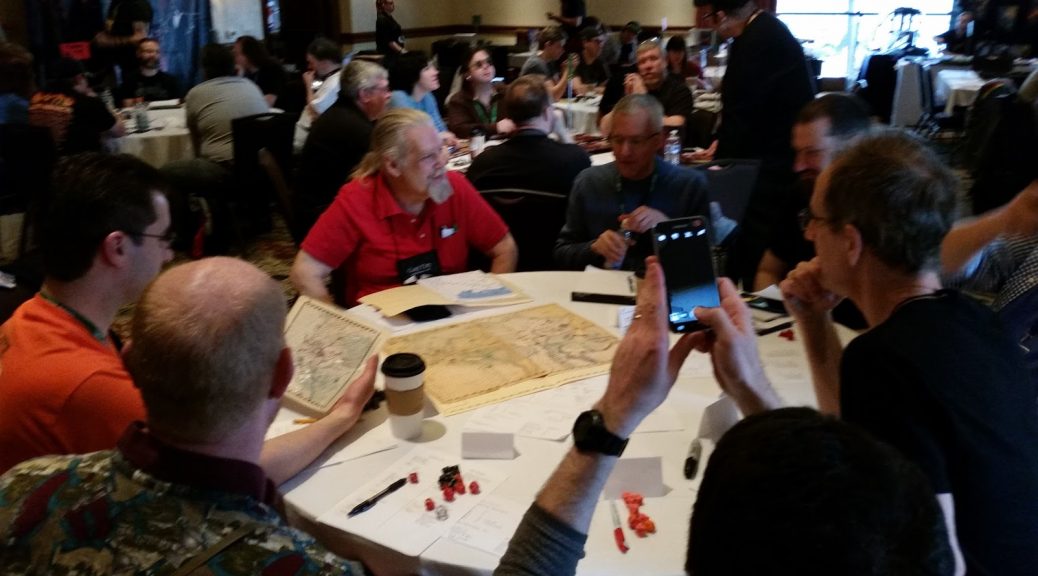

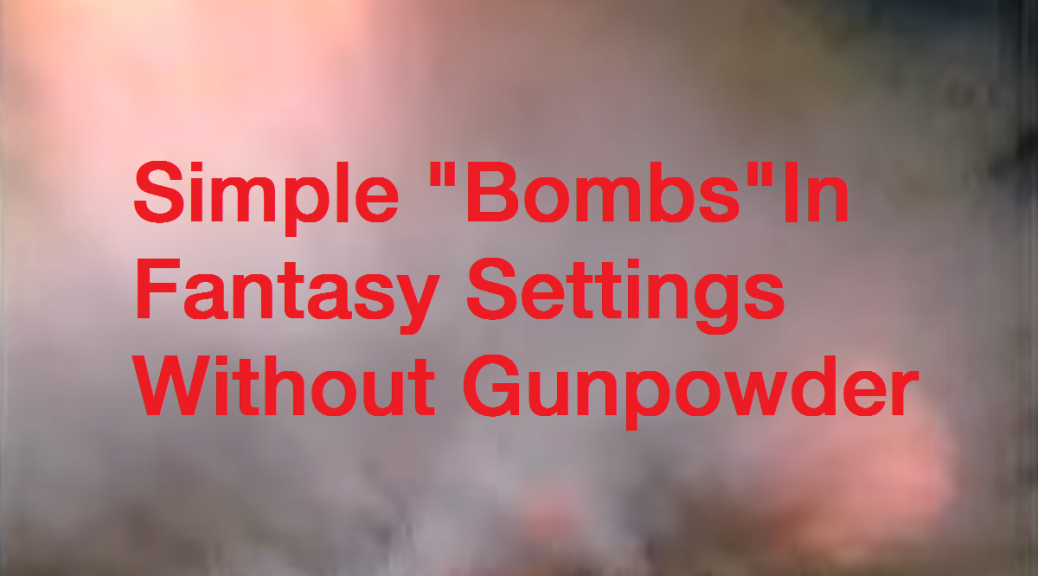
![[pi]](https://web.archive.org/web/20180711055829/http://math2.org/math//symbols/pi-l.gif)
